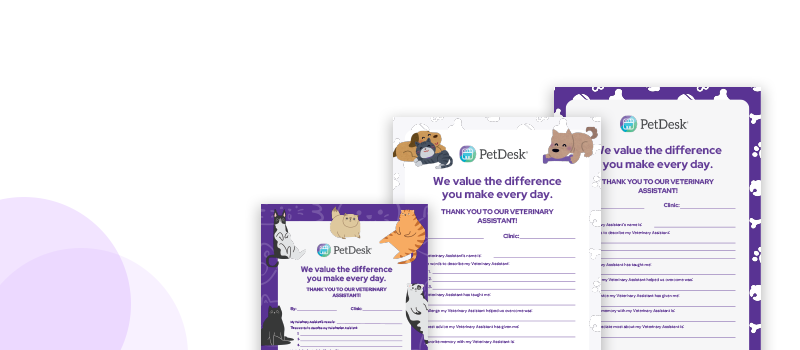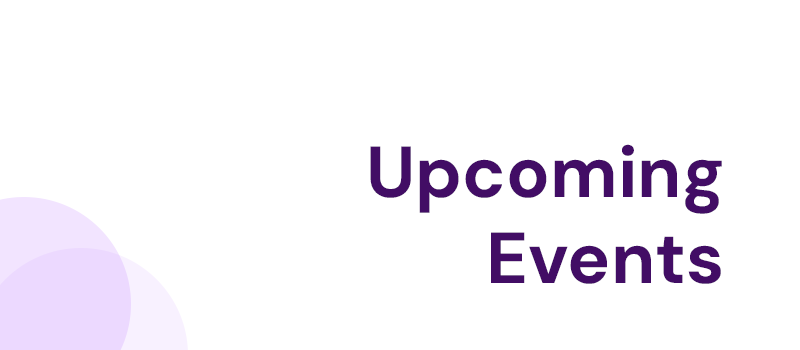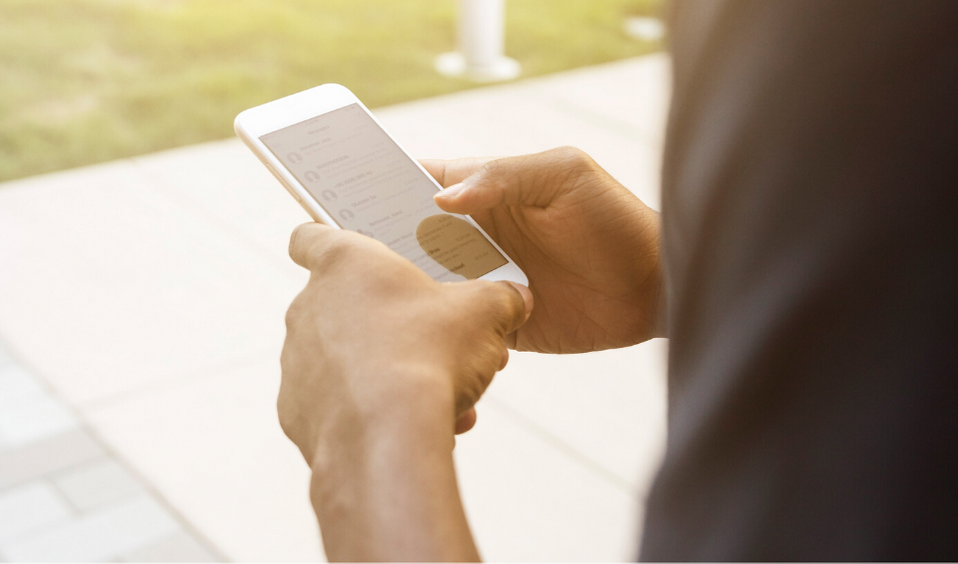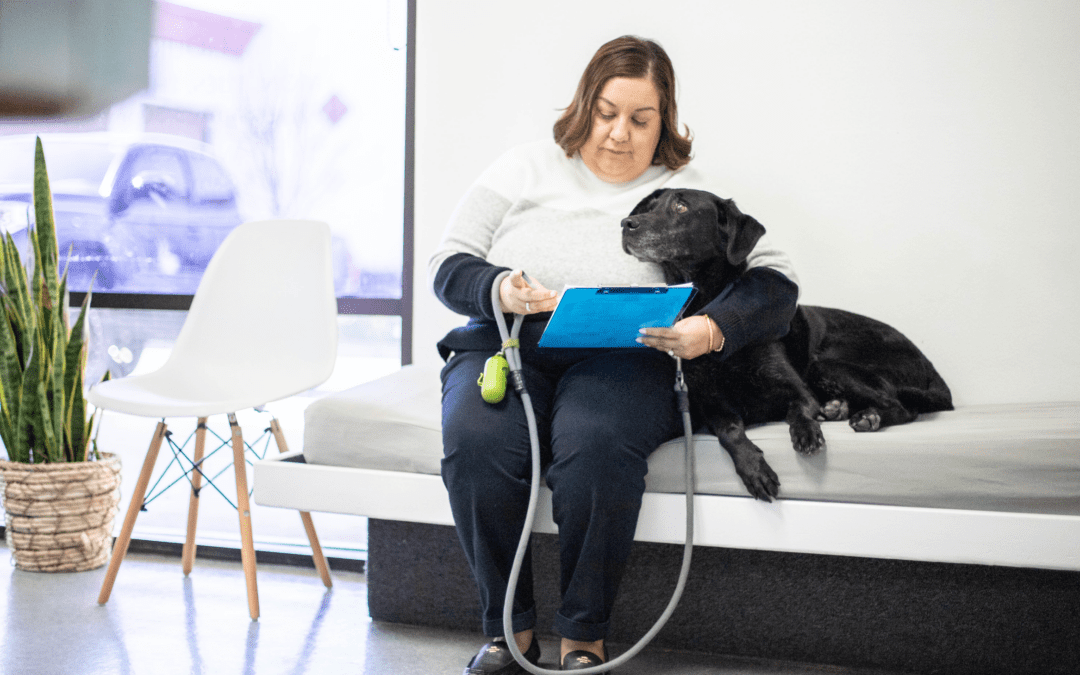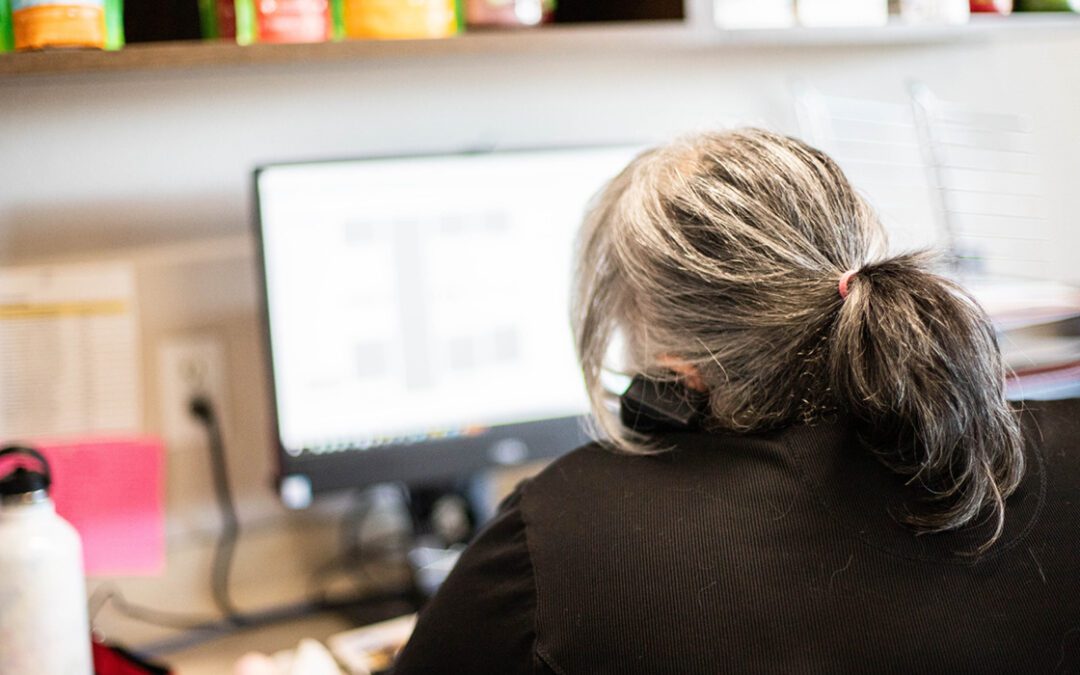It is an interdimensional space between 1980 and 2010, where phones with cords endlessly ring and elevator music surrounds you at every turn. Suspended in this timeless void, I sat and fumed.
It should be a simple request to the optometrist: “my son lost a contact lens, the same one he’s been using for six months, please reorder.” Two minutes of my time tops.
But because it’s the medical Twilight Zone, first I had to call and get put on hold. Then the receptionist had to find my son’s record. Tap, tap, taptaptaptap. A minute of tapping. Then- “When was he last seen? January?” as though I, too, had his record in front of me. That would be great to have, but that’s not offered.
They were unable to help me, the receptionist explained, but they would transfer me to an optician. More hold music. The receptionist eventually came back and explained that no opticians were available, but someone would call me back ASAP.
And then they never called back, so the next day I had to start all over again.
There are zero excuses for any medical professional to waste their client’s time like this, not entering 2020. Not when so many tools are available for clients to share the needed information and send it to you directly. Many times we’ve been trained to expect below standard service due to bulging human healthcare systems, but that’s not the case with a small independent optometrist. Nor is it the case with veterinarians.
The Beauty of Asynchronicity
Today’s communications tools represent a beautiful model known as asynchronous communication- that is, a back-and-forth that happens not in real-time but in little spurts. You leave a message. They respond, when they have a moment. You know, like … texting. It’s pretty great, right? The communication may take place over hours, but you never personally spend more than a minute at a time typing. So to clarify:
A phone, Skype, or other formats where the back and forth is happening in realtime: synchronous.
E-mail, text, chat, anything where your part of the conversation can take place even if the other person isn’t around: asynchronous.
Now I’m going to admit something here, so don’t judge. What I’m about to say is as a Gen Xer, so I’m not entirely technologically incompetent. I have been told it is possible to toggle between one’s calendar and the actual phone when talking on it.
I don’t buy it.
Whether it’s fear of hanging up on someone or just not being able to handle the pressure of remembering what date and time they JUST said while flipping back and forth between screens, I won’t schedule appointments over the phone unless I’m home in front of my calendar on my laptop.
That means about 70% of the time, I have to wait until I get home to make these calls so we can play that horrible game of “how’s Tuesday at 2? Wednesday at 7:15?”. If we were dealing with an asynchronous communication tool, I could handle this while I was sitting in the bleachers at volleyball practice, or between meetings, or while eating lunch. I can’t do that if we have to talk.
Talk Is Wildly Inefficient
Enforcing a means of communication preferred by no one except the business is, well, bad business. If I need to talk to someone right now, yes, I’ll call, but otherwise- give me options and let me be efficient.
Becker’s Healthcare crunched some data on the human side and, while the data is focused on what happens inside the hospital versus with patients at home, the message is clear: Data is communicated more clearly, succinctly, and accurately when teams use asynchronous communications.
It may seem counterintuitive to think that segmented, piece-by-piece communications in an asynchronous format are more efficient than getting on the phone and doing it all at once, but it is, in fact, the case.
The reason is this: If your phone rings and you’re busy, you don’t answer it. The person sitting at the other end of the line is stuck until you have enough downtime to interrupt your activity and talk. It could take a while.
On the other hand, if you get a quick question over text, you are more likely to answer it quickly. It’s not the same commitment as getting into a whole conversation. This applies whether you’re speaking with clients or at work with each other.
Need the data? In one hospital, admissions times were reduced from 51 minutes to 18. One emergency room reported a 500% improvement in their workflow.
PetDesk is a big proponent of helping veterinary clinics be the Clinic of 2030 today. I think we can all envision a world where the teams so efficiently manage their workflow inside the clinic with text, chat, or other forms of messaging. But in the meantime, how about we just start with the clients?
I promise, they’ll LOVE it.
Jessica Vogelsang, DVM – Founder of pawcurious
Dr. Jessica Vogelsang centers her life around two passions: animals and storytelling. She began pawcurious.com in 2009 as a way to connect with animal lovers around the world and has since become one of the most widely read veterinarians on the web. Dr. Vogelsang covers a variety of topics such as animal health, client communication, resilience, and the power of storytelling to create lasting bonds.
Dr. Vogelsang previously worked with PetDesk to create a lecture on finding success by evolving your practice. Check it out below.
Be the Clinic of 2030 in 2020
Solve the right problems at the right time. Get the full lecture for free.
See the power of PetDesk for yourself—for free
Save time and grow your business with custom websites and digital marketing, 24/7 error-free booking, a PIMS-VoIP phone system, plus a client engagement platform with a mobile app.



